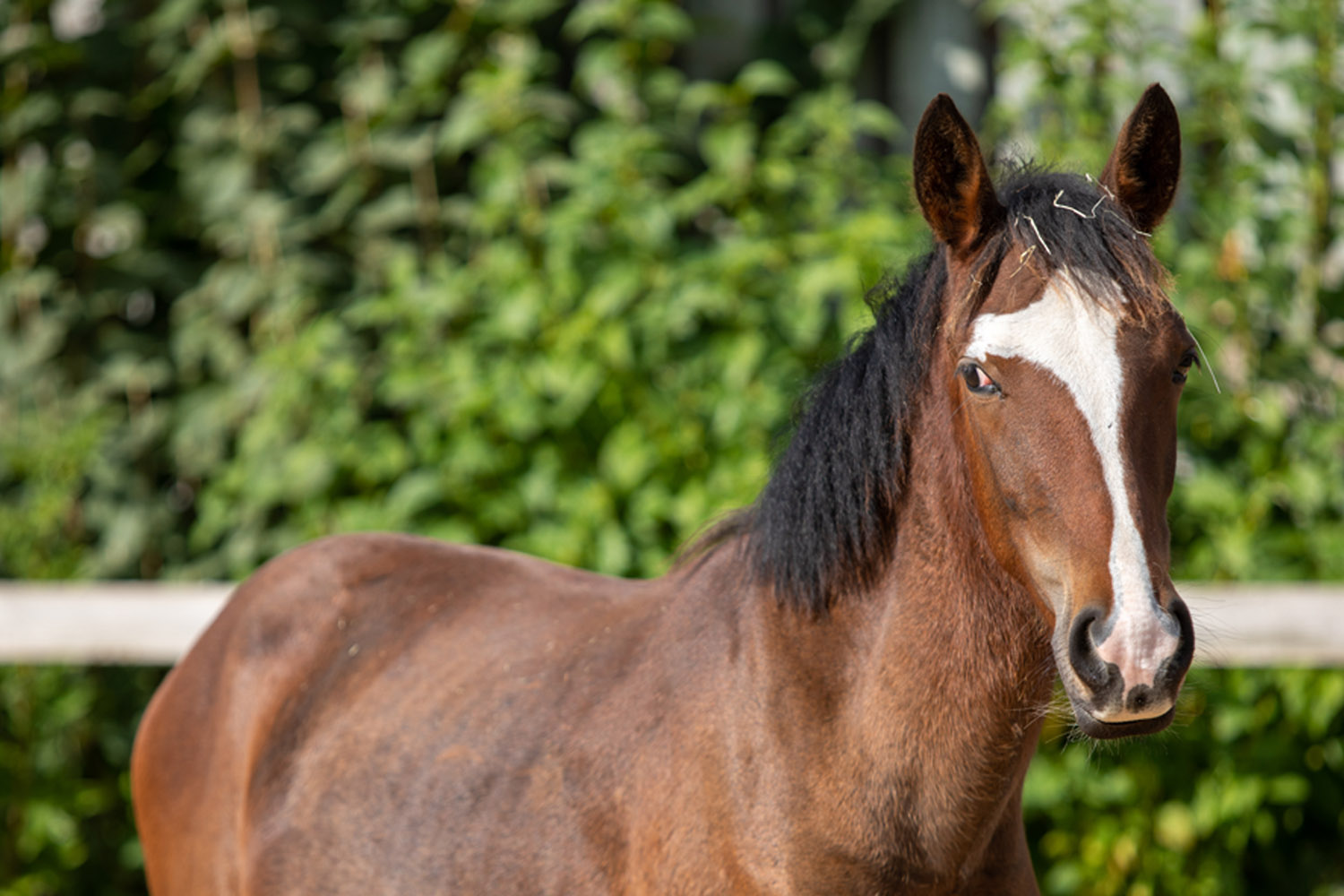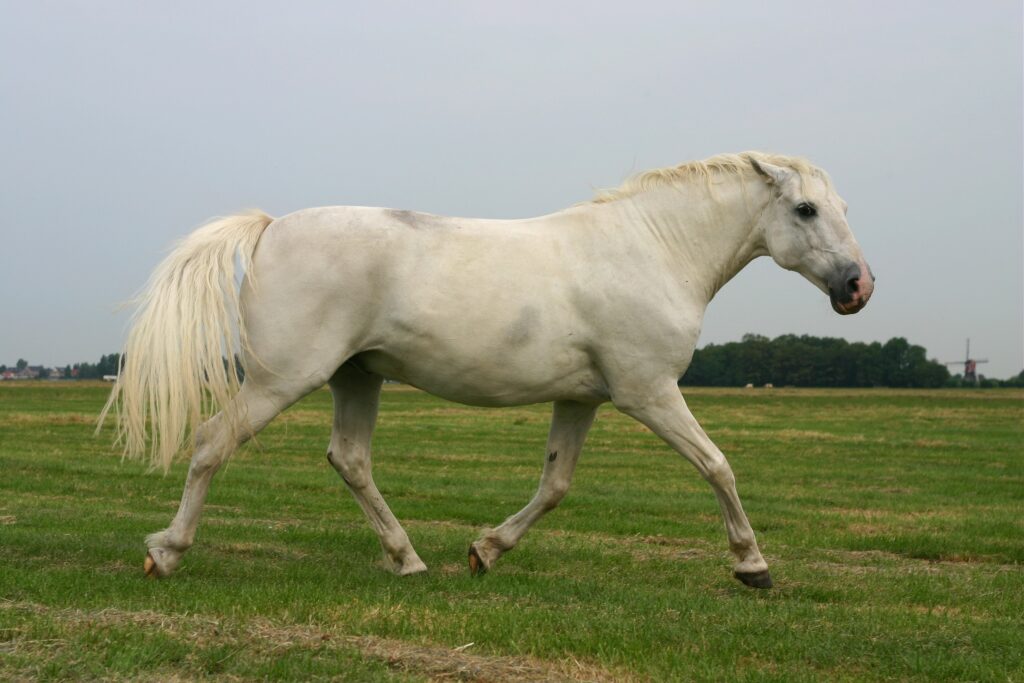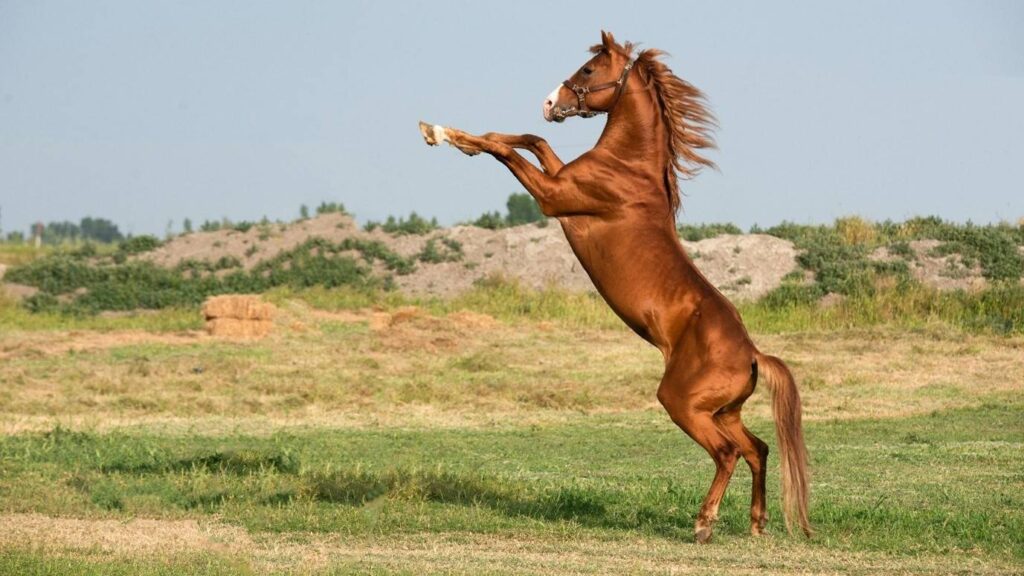Choosing the right hay for your horse is a critical decision that impacts their overall health and well-being. Understanding which hay is best for horses can ensure that your equine friend receives the proper nutrients for a balanced diet. In this comprehensive guide, we’ll explore the different types of hay available, their nutritional benefits, and how to select the best option for your horse.

Understanding the Importance of Hay in a Horse’s Diet
Hay is the primary source of fiber in a horse’s diet, playing a vital role in their digestive health. It provides essential nutrients such as protein, vitamins, and minerals that are crucial for maintaining energy levels and overall health. Proper hay selection can also prevent issues like colic and obesity.
Why Fiber is Essential
Fiber aids in digestion and helps maintain a healthy gut environment. It ensures that the digestive system functions smoothly, reducing risks of digestive disorders.
Role of Hay in Preventing Colic
Colic is a common digestive issue in horses that can be mitigated with adequate fiber intake from high-quality hay.
Types of Hay for Horses
There are several types of hay, each with unique characteristics. The choice of hay depends on various factors, including your horse’s specific dietary needs, age, and activity level.
Alfalfa Hay
Alfalfa hay is rich in protein and calcium, making it ideal for young, growing horses and pregnant mares. However, it may not be suitable for all horses due to its high calorie content.
Timothy Hay
Timothy hay is a popular choice for many horse owners. It offers a balanced nutritional profile with moderate protein levels and is highly palatable.
Orchard Grass Hay
Orchard grass hay is soft and sweet, making it appealing to picky eaters. It provides a good balance of nutrients without being too rich.
Selecting the Best Hay for Your Horse
When choosing hay, consider your horse’s age, weight, and health status. It’s essential to match the hay type to your horse’s nutritional needs.
Evaluating Hay Quality
High-quality hay should be green, leafy, and free from mold. The texture should be soft, and there should be minimal dust.
Testing for Nutrient Content
Conducting a nutrient analysis can help determine the hay’s nutritional value, ensuring it meets your horse’s dietary requirements.
Feeding Guidelines and Best Practices
Feeding hay correctly is as important as selecting the right type. Follow these guidelines to maximize the benefits of hay in your horse’s diet.
Portion Control
Provide hay in appropriate amounts to prevent overeating, which can lead to obesity. Adjust portions based on your horse’s activity level and condition.
Storage Tips
Store hay in a dry, well-ventilated area to maintain its quality and prevent mold growth.
Common Hay-Related Issues
While hay is a staple in a horse’s diet, it can sometimes cause issues if not selected or stored properly.
Allergies and Sensitivities
Some horses may develop allergies to certain types of hay. Monitor your horse for any signs of coughing or respiratory distress.
Mold and Dust
Moldy or dusty hay can lead to respiratory problems. Always check hay for these issues before feeding.

FAQs
Can horses eat haylage instead of hay?
While haylage is an option, it requires careful storage to prevent spoilage. It’s higher in moisture, which can benefit some horses but may not be suitable for all.
How much hay should I feed my horse daily?
On average, horses should consume 1.5-2% of their body weight in hay daily. Adjustments may be necessary based on individual needs.
Is it safe to feed my horse fresh-cut hay?
Fresh-cut hay should be allowed to cure properly before feeding to prevent digestive issues. Ensure it’s dry and free from mold.
For more information on equine nutrition, you can visit the MSD Vet Manual. Additionally, explore related topics such as Feeding Horses with Metabolic Issues or Horse Electrolyte Supplements on our platform to broaden your understanding of horse care.
This article contains affiliate links. We may earn a commission at no extra cost to you.







